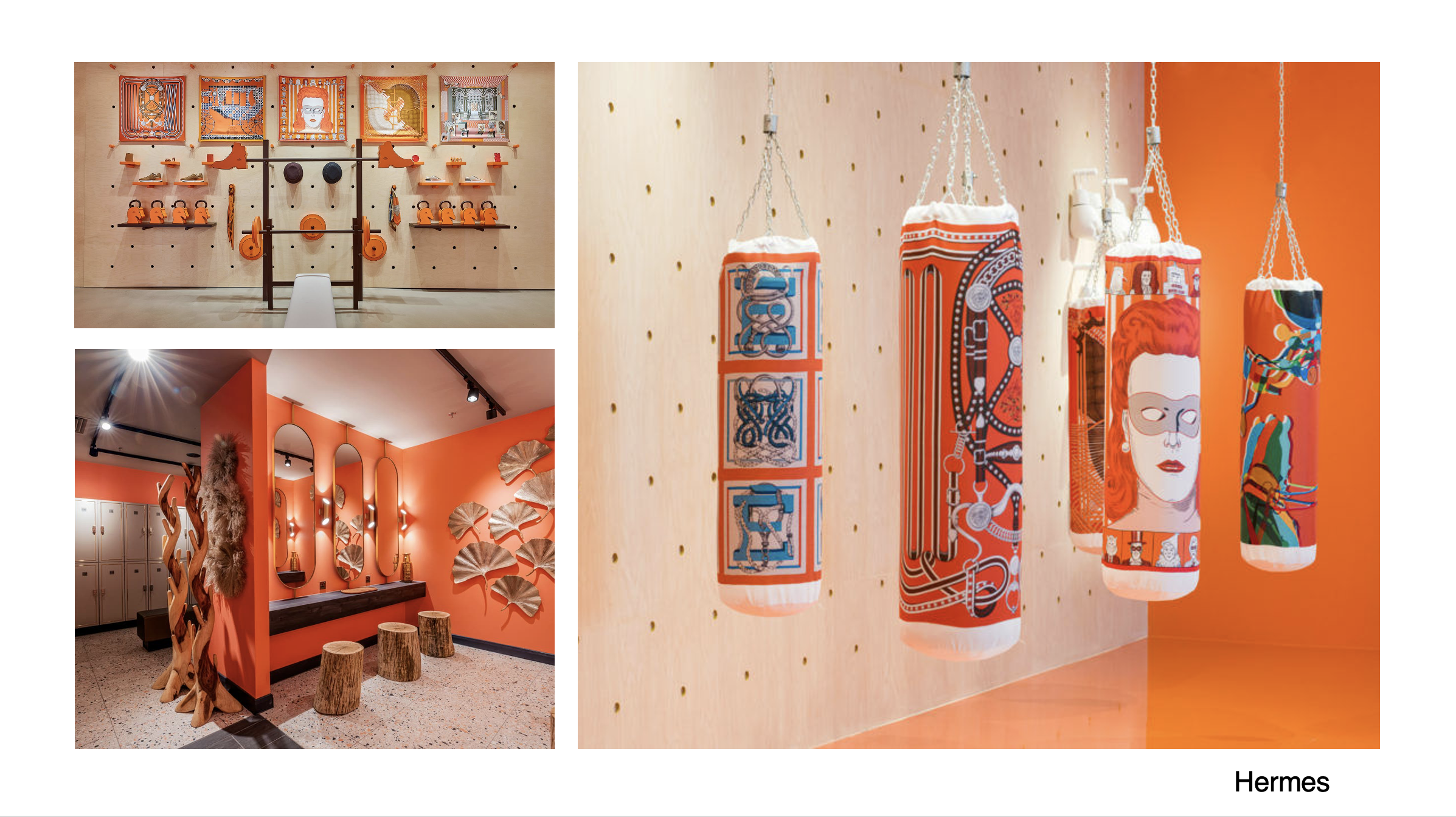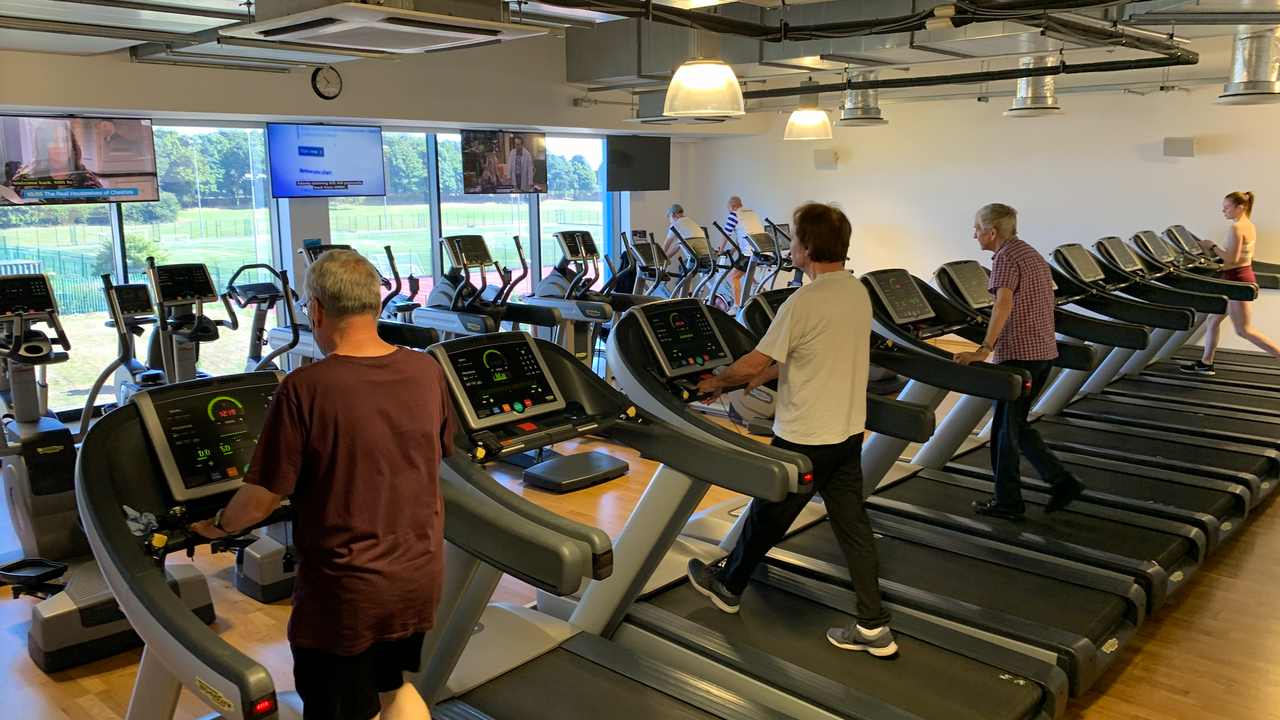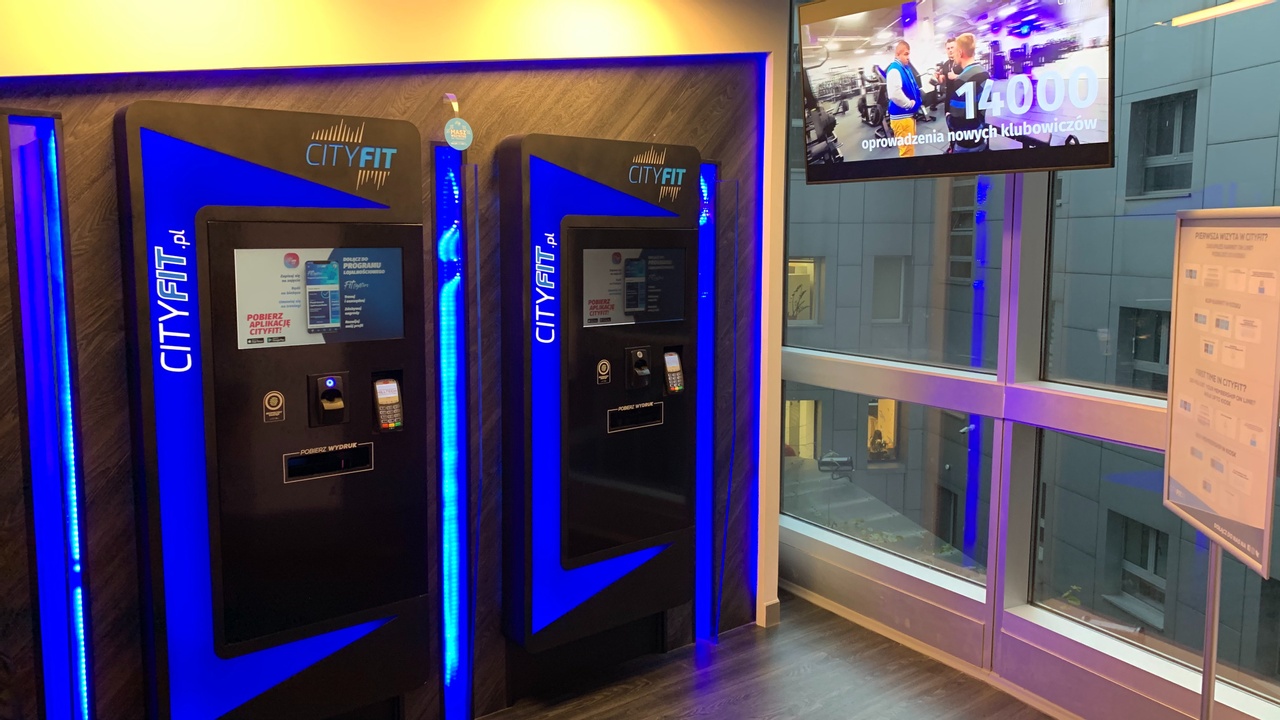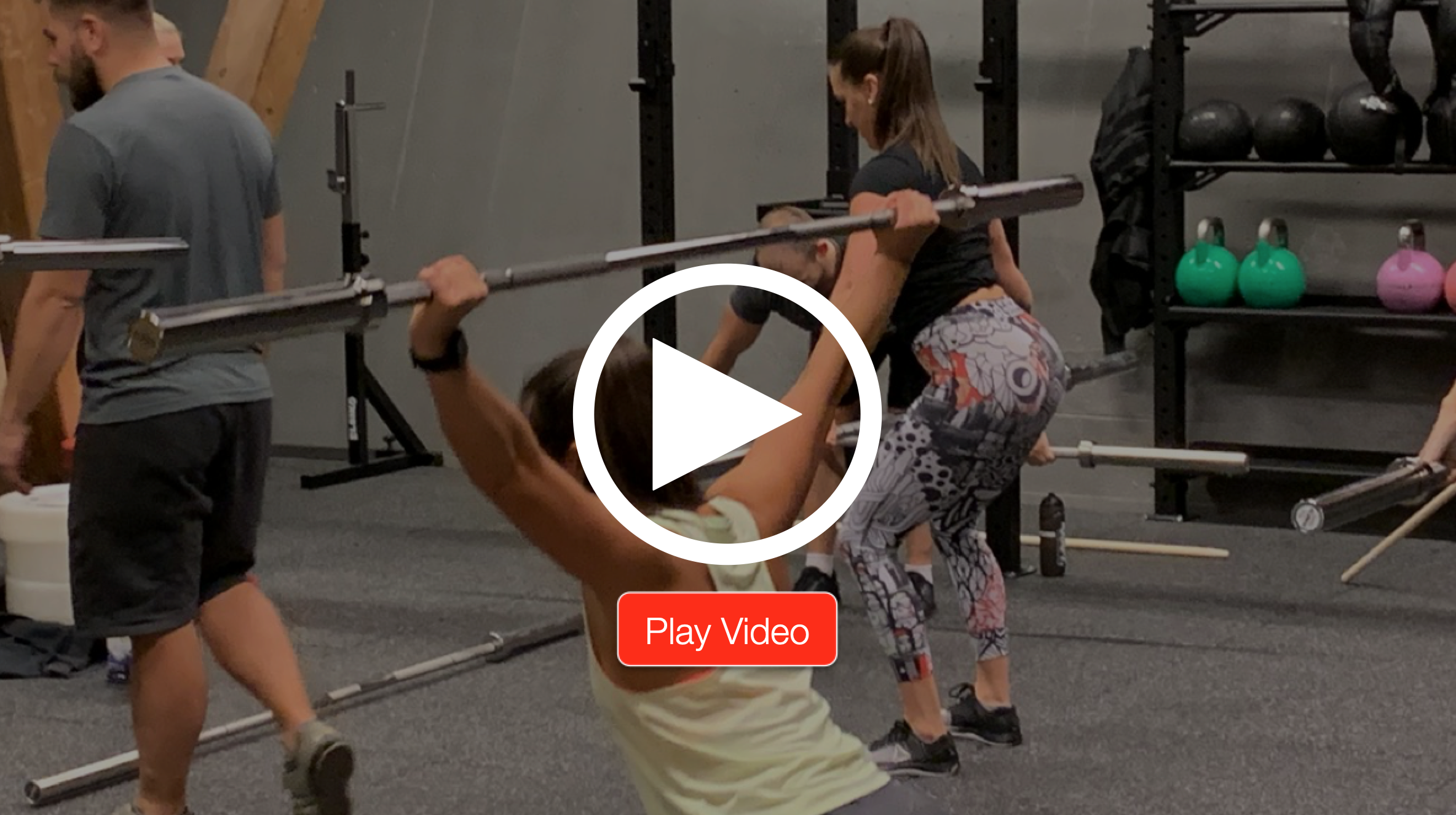The Changing Face of the Customer.

The health and fitness consumers are changing faster than ever before. In the past, your customers used to compare you to the competition. Those people who were in your town, maybe in your local area, the same sector, and then slowly they started to compare you to online. Now your customers compare you to every customer experience they have with every brand they interact with. Not only that they look online at images of gyms from around the country, around the world and ask, why doesn’t our gym look like that?
Brands like Uber, Amazon, Netflix, Airbnb, among others have not only disrupted their respective industries, but have changed how consumers shop for products and services.
When customers are exposed to far better and more engaging and personalized customer experiences, they apply these newly raised expectations to other brands and industries.
You know that, far better, more engaging, personalized and more memorable customer experience. Remember when experiences are memorable, ...
The Post-Pandemic Consumer

The post-pandemic consumer
A new set of post-pandemic consumer behaviours are impacting fitness operators of all shapes and sizes. Dr Paul Bedford shares the findings of new research, and offers insights into how operators might respond.
Earlier this year, I put together a report into changing dynamics in the fitness marketplace: new post-pandemic nuances in consumer behaviour compared to pre-COVID norms.
The report was inspired by a request from one of my customers, concerned by some of the changes they were seeing and wanting to know what they could do about it. Their question: ‘Are we alone in this?’
My answer: ‘Absolutely not.’
Because – although all the headlines show club operations returning to pre-pandemic membership numbers, and great news that is – some things have nevertheless changed. And they’ve changed across the sector and around the world, with consistent themes emerging around customer usage patterns.
I’ll dive into the findings of our research in a moment, but ...
Nike to open Fitness Studios.
Nike have announced they are to open the first of a series of studios later this year.
We have already seen Hermes, H&M, alo, Resolve and Aviator Nation deliver concept studios both as an addition to their brand offering or as pop-up location to grab media attention.

Nike will launch with two Californian locations the first will both be Nike Training Studios (NTS) with Nike Running Studios (NRS) to follow.
I will be keen to see if this is truly an attempt to enter the fitness studio market or a marketing project to create content for use across platforms. It will certainly attract the one and done influencers and the fitness tourists who will want to post their views of the studios, to their social media following, but have no intention of becoming a regular visitor. I would imaging mainstream media will also jump at the chance to feature this extension of the Nike brand.
Now while the marketing is suggesting all-inclusive the images representing the participants is very much the...
Differentiate with Service

How To Create and Implement Minimum Service Standards in a Health Club
In order to have a successful Health Club you need to deliver a standard service to all of your members. Creating and implementing Health Club minimum service standards lets your employees know what you're expecting of them and helps gain loyal members. In this article, we explain what Health Club minimum service standards are and why they're important, list the steps for creating and implementing Health Club minimum service standards and provide you with several examples. Don’t let the term minimum lead you to thinking low service standards. Here the term minimum is a level that service will not fall below. Hotels like Ritz Carlton and the Four Seasons have minimum service standards that are higher than most of their competitors’ best efforts.
What are Health Club minimum service standards?
Health Club minimum service standards define what a Health Club guest or member can expect from their visit to a Health ...
Move Congress - Top 10 Retention factors (short)
I was asked to represent the fitness industry at the physical activity and community sport conference in Budapest in Hungary. I thought I had 90 minutes until I got there when I was told you have 15 minutes. So this is the result.
Below is a transcript of the Move Congress 2019
Introduction
I'm Dr. Paul Bedford. I have a PhD in behavioural psychology, applied to fitness environments. I started in the fitness industry having spent 12 years as a plumber. So by trade I'm a plumber. And then I got into fitness because I was into exercise and I worked in my local YMCA, which is a charitable organization in the UK as a volunteer instructor. They then gave me a job. I moved up through that organization till I was running their facilities and then I've moved on to work in both public and private sector. But there was, I've always been a drive for me to understand why people start, but don't keep going with exercise. So after a number of years, I did a master's degree at City University in ...
"What can I do for you?"

This article first appeared in Fitness MANAGEMENT international (Germany)
In this article, we want to explain the factors that have a lasting influence on member retention for fitness studios, as well as provide food for thought and possible solutions for your studio practice.
In the first part of the article in fMi 1/2021 we illustrated the two basic factors for effective retention of your members in your studio: the regular visits of your members to the studio as well as the finely "dosed" interaction with members and prospects.
3. Programming
As the third most important aspect of member retention, we have identified "programming" in the team. This refers to the training offered in the studio in general as well as its individual design in the form of training plans. What training options does the club offer its members and how does it communicate them to its members and interested parties. In order to be able to better understand the mechanisms in this area, we divide the exerci...
Design Memorable Exercise Experiences That Last - The Fitness Business Podcast Blog

The blog was originally written for the Fitness Business Podcast. If you would like to read it in its original location click on the link at the bottom of this page.
While most people today know me more for work on retention, attrition and member loyalty, the first half of my career was as a fitness instructor, a personal trainer and a trainer of trainers. Much of this time was focused on anatomy, physiology, kinesiology and exercise program design. I thought I was pretty good at exercise program design but I could never understand why customers and clients wouldn’t stick to these programs that I had crafted for them, and that’s why I began to study psychology.
Two masters degrees, numerous short courses, workshops and a PhD later I am still just a focused on improving exercise adherence and retention.
Much of what I have been reading in the past two years has been in the area of experience design. My rational is if members have a better experience they stay members and we see im...
Self-service can still be Member Service

I’ve said it in meetings, at conferences and in webinars that the member experience and member service is one of those parts of your business that you just can’t afford to get wrong. The recent pandemic has seen many businesses relocate staff from brick and mortar to work from home environments. Often without sufficient training or the technology to support such interactions. I have changed my business banking and telecoms supplier during this time simply because my existing providers were not able to meet my self-service needs. Yes I do want to be able to do some things using self service tools, particularly if they are routine behaviours.
With so many more interactions and transactions taking place online, members are really getting an insight into those businesses that have evolved and those that are still lagging behind.
Think about how uncomfortable you feel when you hear someone speak negatively about their experience with your business and how often is it because their experie...
8 Essential Planning Steps to Kickstart your Retention
Your business is constantly experiencing change. Whether caused by the global pandemic, fitness trends, new technology implementations, procedural updates, department reorganisation, or customer/member service improvements, change is constant and necessary for growth and profitability.
Developing a consistent approach to the measurement and management of your retention processes will aid in maximising the impact it has on your customer/member s and staff.
One of the most common challenges operators describe to us about tackling retention, is there are so many things they could do, but they don’t know where to start. What should take priority, what will have the biggest impact and what will be the easiest to deliver.
In this blog I will talk about the planning and communications required to develop a successful retention plan.
1. Begin with the End in Mind
Yeah one of Stephen Coveys seven habits, but it’s a concept that has been around since the beginning of time. Since most chan...
Ask Me Anything - 5 Questions I got asked by Lindsey Leemis from Twist Intergrations
Q1. If you were to pick just three KPIs for clubs to focus on around member retention, what would they be and how often would you be tracking their progress daily, weekly, monthly, etc.
The first thing I would look at measuring is the retention time and I'd be doing this perhaps every four months, maybe twice a year. Certainly at the beginning of a project, we will always use survival analysis to measure the gap between when people join and when they leave and when people join and when they stopped paying. So we use survival analysis to do that.
That gives us a curve that allows us to see where to intervene in order to improve customer retention. If the curve looks like one of those Olympic ski slopes that the ski jumpers use and there is a cliff almost straight away, that tells us there is a different problem than if there is a fairly flat line for the first three to four months, and then it starts to drop away. So the first thing we would measure would be the time that someone actu...


